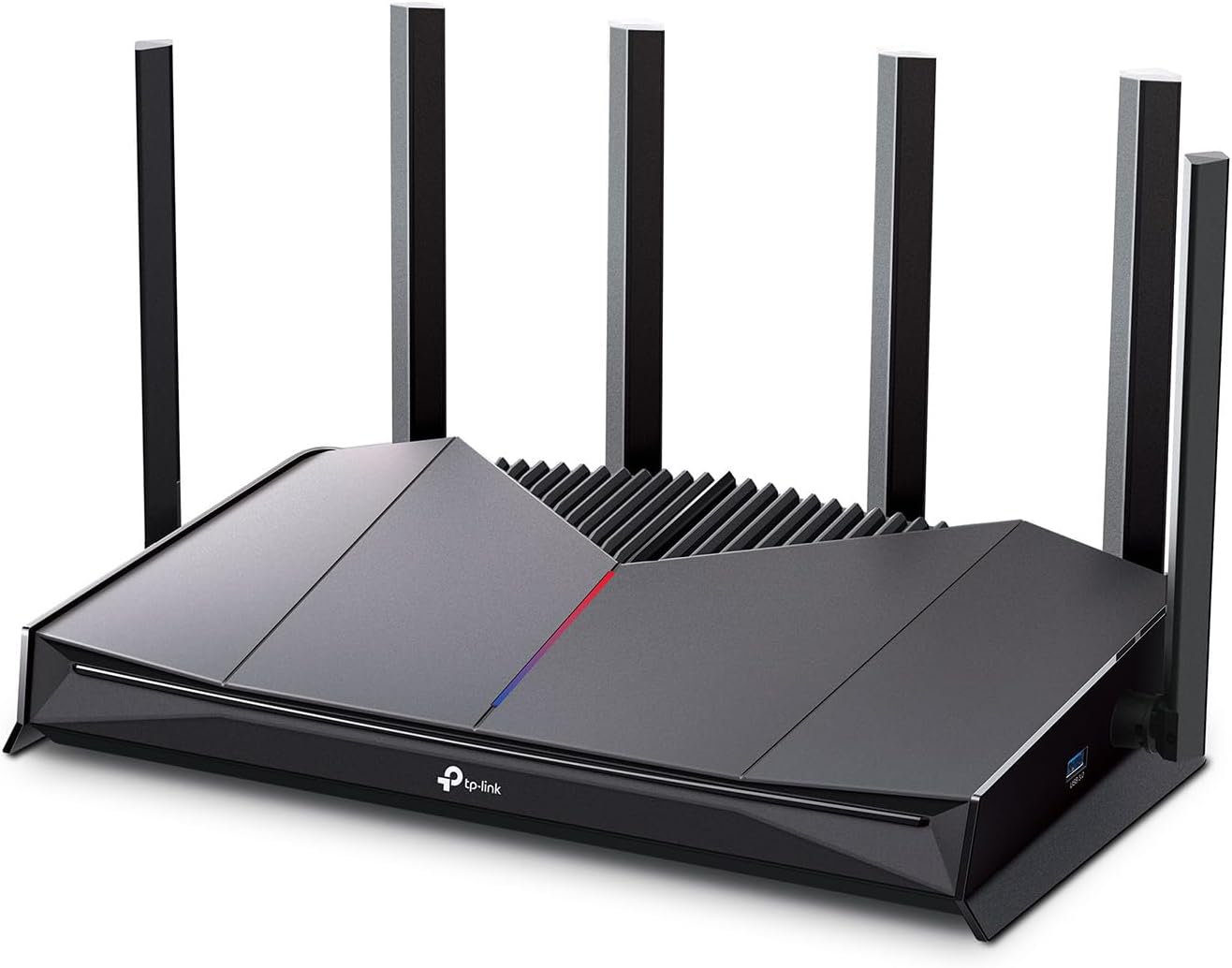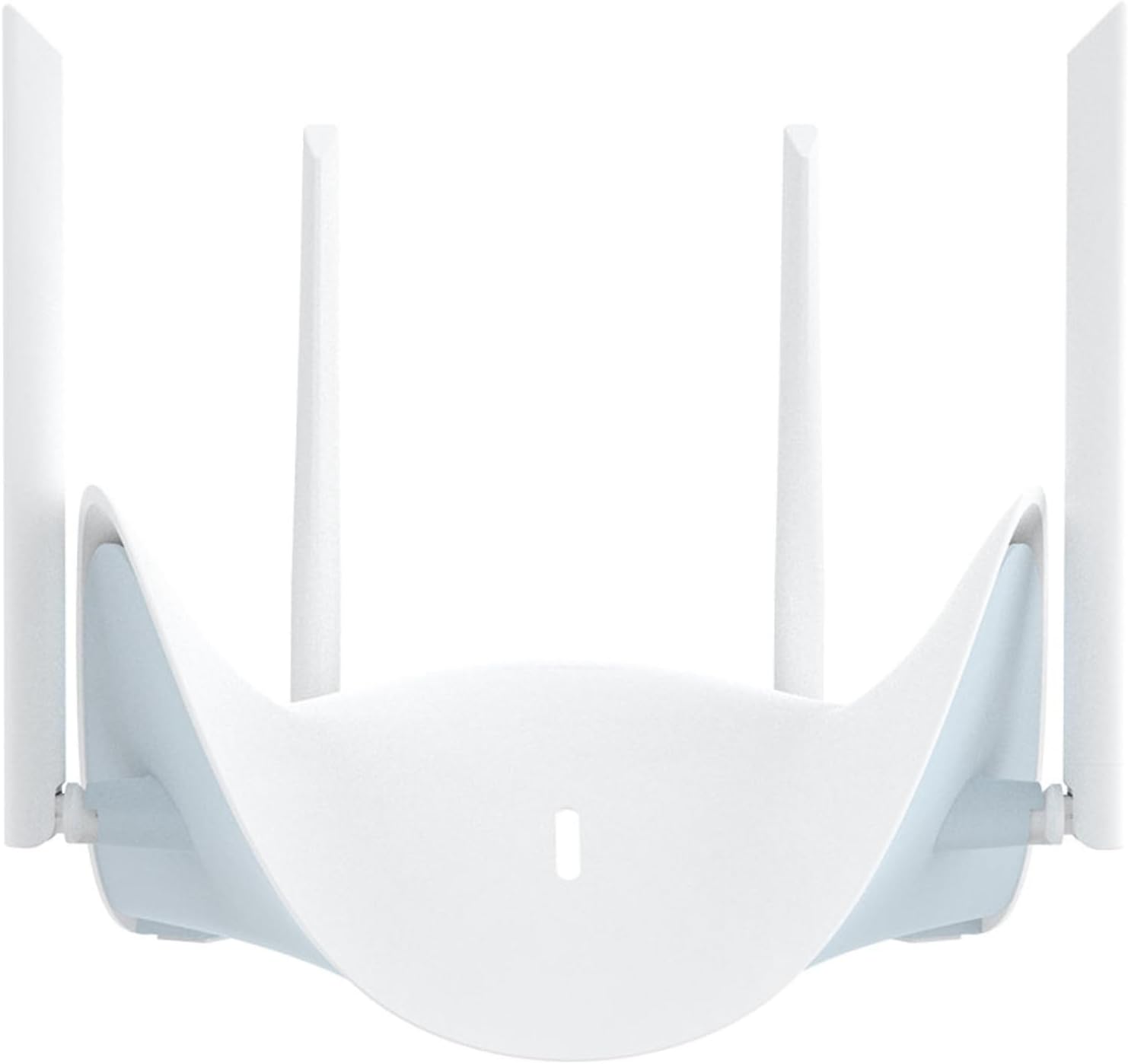#1 ASUS ROG Rapture GT-BE19000 Best Overall
Editor's take
A powerful Wi‑Fi 7 flagship with excellent throughput, multi‑gig ports, and gamer‑oriented software.
Flagship choice for gamers and power users; firmware matures over months.

The ASUS ROG Rapture GT-BE19000 is a tri‑band Wi‑Fi 7 gaming router that balances peak throughput, wired expandability, and a deep feature set for power users. Announced in 2024, the GT-BE19000 brings multi‑gig ports, robust antennas, and ASUS' mature firmware to the Wi‑Fi 7 era. In our testing it delivered very high sustained throughput across short and long ranges and handled congested environments with minimal latency spikes. Its gamer‑focused software suite includes device prioritization, traffic visualization, and adaptive QoS, while the hardware provides multiple 2.5G and 10G ports for multi‑gig wired clients or link aggregation. The router also supports AiMesh for extending coverage with compatible ASUS nodes. This model is ideal for users who want flagship wireless performance and advanced network controls without stepping into niche enterprise gear.
The ASUS ROG Rapture GT-BE19000 is a tri‑band Wi‑Fi 7 gaming router that balances peak throughput, wired expandability, and a deep feature set for power users. Announced in 2024, the GT-BE19000 brings multi‑gig ports, robust antennas, and ASUS' mature firmware to the Wi‑Fi 7 era. In our testing it delivered very high sustained throughput across short and long ranges and handled congested environments with minimal latency spikes. Its gamer‑focused software suite includes device prioritization, traffic visualization, and adaptive QoS, while the hardware provides multiple 2.5G and 10G ports for multi‑gig wired clients or link aggregation. The router also supports AiMesh for extending coverage with compatible ASUS nodes. This model is ideal for users who want flagship wireless performance and advanced network controls without stepping into niche enterprise gear.
Key specs
- Wi-Fi standard: Wi‑Fi 7 (802.11be) tri‑band
- Max theoretical throughput: 19 Gbps
- Ethernet ports: 2×10GbE, 5×2.5GbE, 1×1GbE
- USB: 2× USB 3.2
Pros
- Top-tier throughput for demanding homes
- Robust gamer‑centric firmware and QoS
- Plenty of multi‑gig wired ports
Cons
- Expensive for average users
- Large footprint and power draw
Brand: ASUS · Model: GT-BE19000 · Release: 2024




